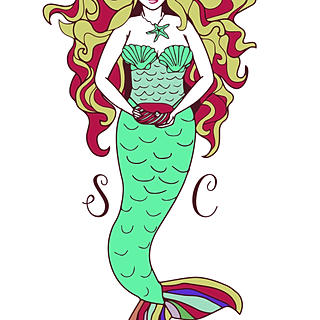Project Management Basics – Chapter 10 – Three Pillars of Agile
- Bill Holmes
- May 6, 2021
- 3 min read

“Agile is to continue delivering, with quality; ASAP and AEAP; as soon as possible; as easily as possible.” Vikrmn: CA Vikram Verma, Agile Able: Project Management Simplified
“Intelligence is the ability to adapt to change.” Stephen Hawking
Agile uses the iterative approach of repeating a series of structured development cycles where knowledge is gained about the final product, and an incremental approach by providing working software to the customer after each development cycle. One of the most difficult concepts to grasp is that agile is a mindset about software development, not a specific process.
But once you “get” agile, you get it!
Here are the three pillars you need to become familiar with to “get” agile.
1) The Agile Manifesto. The Agile Manifesto was written in 2001 by 17 Software developers and it established a common ground for software development. It describes that common ground through 4 paired values and 12 principles. You should become familiar with both the paired values and the principles. The paired values set the “tone” for agile and are as follows:
1. Individuals and interactions over processes and tools
2. Working software over comprehensive documentation
3. Customer collaboration over contract negotiation
4. Responding to change over following a plan
2) Scrum. In my opinion, all the common agile methodologies are derivatives of the basic Scrum framework. You have a product backlog that contains the current known requirements (user stories in agile lingo) for the product features currently under development. That list is constantly reprioritized, sized and assessed by the Product Owner. During the Sprint (timeboxed development iteration) Planning Meeting, the development team works with the product owner to estimate and commit to the user stories being developed in the next sprint. Each day the team gets together in a meeting called the Daily Scrum and answers these 3 questions: 1) What did we get done? 2) What will we get done? 3) Are we facing any barriers? At the end of the sprint the working software is reviewed by the product owner and feedback is provided in the Sprint Review meeting. After that there is a Sprint Retrospective where the team reflects on how to improve in the next sprint. Then repeat!
3) Servant Leadership. The concept of servant leadership goes back thousands of years, but it came into current management consciousness in Robert Greenleaf’s 1970 essay “The Servant as a Leader”. Greenleaf’s definition of servant leadership is: “The servant leader is a servant first. It begins with the natural feeling that one wants to serve first.” The Greenleaf Center for Servant Leadership further defines servant leadership as “A philosophy and set of practices that enriches the lives of individuals, builds better organizations and ultimately creates a more just and caring world.”
That’s it! If you want to understand agile, understand these three pillars. Don’t just read the words, internalize them.
If you are trying to adopt an agile mindset, be aware that you won't succeed without leadership buy-in. The leadership team must adopt, understand and operationalize all three pillars. If they aren’t prepared to do so, you will most likely end up with an environment that loses the control that a predictive approach provides with none of the innovation and nimbleness of agile.
Why do that?
Next I'll discuss why Occam's razor is the key to passing certification tests and running effective projects. I am certain to make some project management perfectionists upset!
Coda
We are selling our yacht. We didn’t really want to, but the market for large boats is extremely hot these days. We have owned our boat 7 years and it is a depreciating asset, however we are likely to sell it for what we paid. That is a great position to be in! With the kids heading off to school and starting their lives, the boat is much bigger than we need. I understand this, but this will be the first time in over 20 years that we won't have a boat. I'm not sure if I am sad or relieved! Now when is the next boat show?









Hey fellow project managers,
Welcome to Chapter 10 of our project management basics series! Today, we delve into the fundamental principles of Agile project management – the Three Pillars of Agile. Let's explore what makes Agile such a popular and effective approach.
1. Transparency: Transparency is the first pillar of Agile and emphasizes open and clear communication among team members and stakeholders. It involves sharing project progress, challenges, and updates regularly. Transparent communication fosters trust, collaboration, and alignment, enabling everyone to work towards a common goal.
2. Inspection: The second pillar is inspection, which encourages teams to frequently evaluate and assess their work. Regularly inspecting project deliverables and processes helps identify potential issues, inefficiencies, or deviations from the project objectives.…
Hello fellow project managers and enthusiasts,
I stumbled upon an enlightening article that I thought would be of immense value to all of us. The post, titled "Project Management Basics - Chapter 10: Three Pillars of Agile," delves into the core principles that underpin the Agile methodology. I couldn't help but share some key takeaways from the article, hoping it would spark a thoughtful discussion among us.
Transparency: The first pillar of Agile emphasizes the significance of transparency throughout the project lifecycle. This means that all project stakeholders, including team members and clients, should have access to clear and up-to-date information about project progress, challenges, and goals. Transparent communication fosters trust and collaboration, enabling everyone involved to make well-informed decisions.